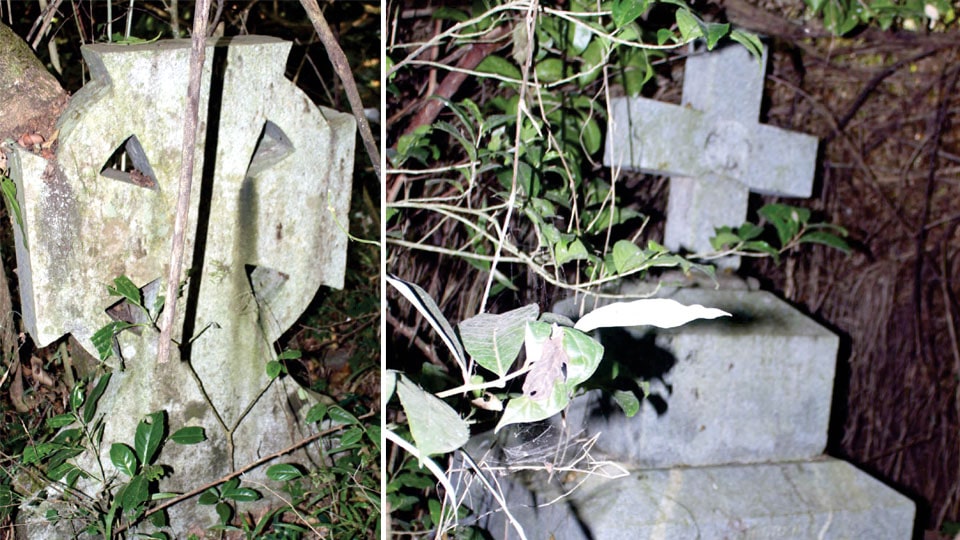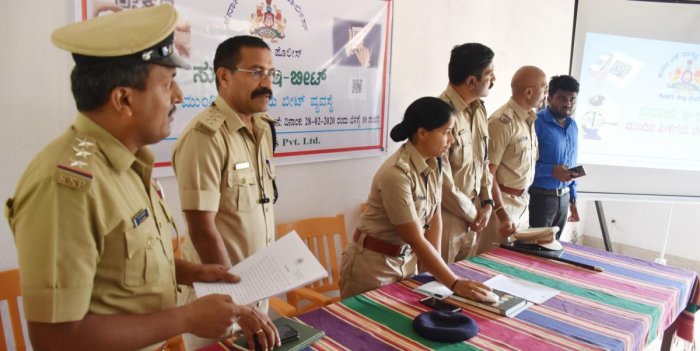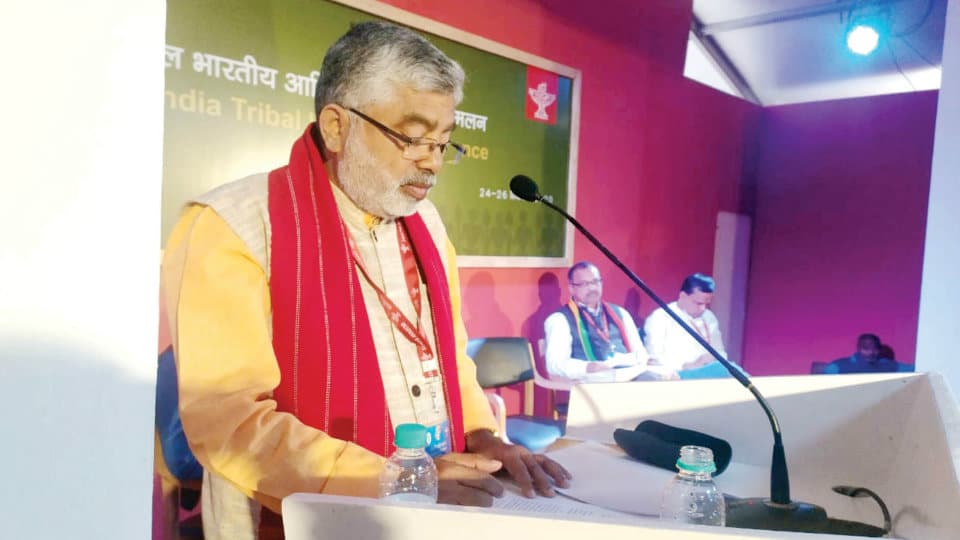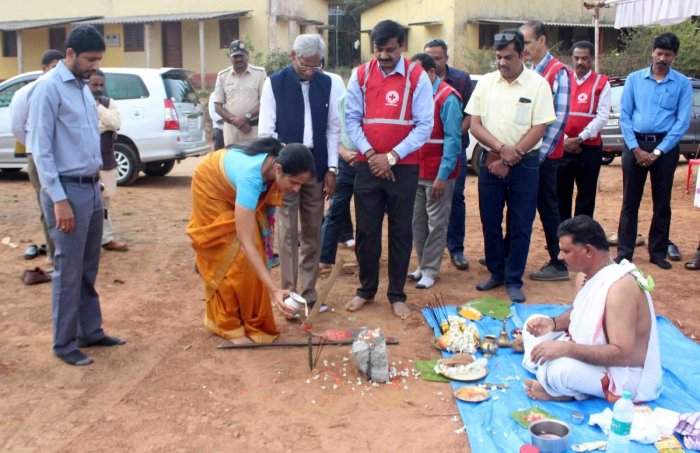Bengaluru/Madikeri:
The Karnataka High Court has directed the Archaeology Department (Archaeological Survey of India) to complete Madikeri Fort Palace renovation works by April 18. A two-judge bench comprising Chief Justice Abhay Shreeniwas Oka and Justice Ashok passed the order while hearing a PIL filed by J.S. Virupakshaiah, a retired IAS officer from Kodagu.
Archaeology Department officer Shivakant Vajpayee had submitted an affidavit saying that the tender for renovation works of Madikeri Fort Palace has been invited and roof-tile laying and other works will be taken up at a cost of Rs. 53 lakh. However, N. Ravindranath Kamath, the Advocate representing Virupakshaiah took objection saying that though the High Court had directed the Government and the Department to take up renovation works in August last year, the Department has ignored the order.
Arguing that the building is on the verge of collapse, Kamath prayed the Court for issuing directions to start works at the earliest. Following arguments and counter-arguments, the High Court Bench directed the Archaeology Department to complete renovation works by April 18 and submit an affidavit to this effect on April 20.
Fund release
It may be recalled here that the State Government has given administrative approval to repair the historic Madikeri Fort at a cost of Rs. 8.20 crore. Kodagu Deputy Commissioner Annies Kanmani Joy submitted a proposal to the Government to restore the landmark structure at an estimated cost of Rs. 8,20,45,674.
All these years, several Government offices functioned from the Fort premises and despite this, no official took interest in repairing the structure which is in a dilapidated state. Finally, following strictures from the Karnataka High Court, the District Administration acted and has even taken steps to shift the Government offices to other buildings to help the Archaeological Survey of India (ASI) carry out restoration works.
The ASI is in-charge of the Fort. Retired IAS Officer J.S. Virupakshaiah filed a Public Interest Litigation (PIL) contending that the Fort and Palace premises are heritage sites, dating back to more than three centuries. They are neglected and the exterior walls of the Palace are infected with mold (fungus).
The history of the Old Fort dates back to the 17th century AD. It was built by King Mudduraja of Haleri dynasty. Tipu Sultan rebuilt the Fort with stone. The Palace was built by Lingaraja Wadiyar II in 1812. The Fort was acquired by Dodda Veera Rajendra in 1790 and later came under the rule of British in 1834.

DC inspects Fort
Meanwhile, last week, Kodagu DC Annies Kanmani Joy visited the Fort and inspected the renovation work of the Fort and its ceiling being undertaken by the Archaeology Department. She directed the authorities to complete the renovation works in two months.
Speaking to reporters, the DC said that as the first instalment, the Government has released Rs. 40 lakh of the Rs. 54 lakh. The Revenue Department has sanctioned Rs. 8 crore for the renovation project and a request will be sent to the Government to release an additional Rs. 2 crore, she added.
Paltry sum
But in the High Court, Advocate Ravindranath Kamath contended that Rs. 8,20,45,674 was too little an amount to restore the Fort. “Most Government offices in Madikeri functioned from the Fort premises since 1920. As such, the Government has saved more than Rs. 300 crore as rent. The official machinery did not realise this and continued to neglect the Fort without realising the value of the historical structure,” he argued.
source: http://www.starofmysore.com / Star of Mysore / Home> News / March 09th, 2020












